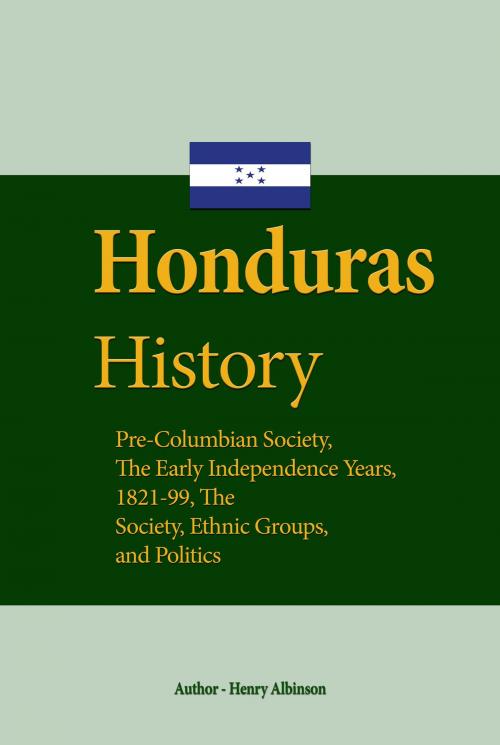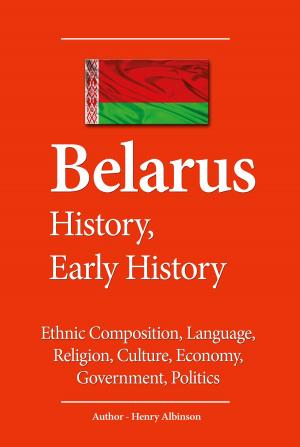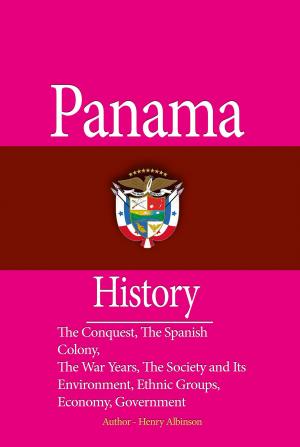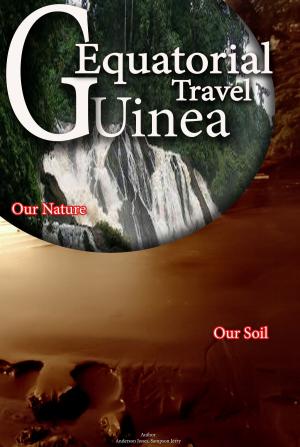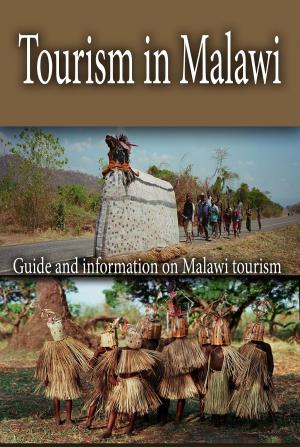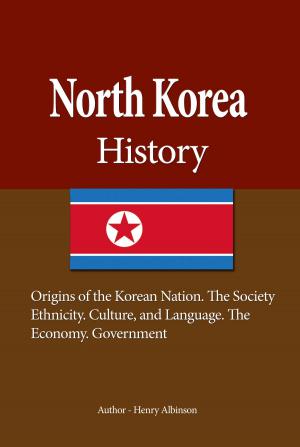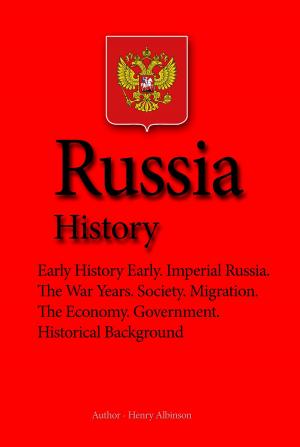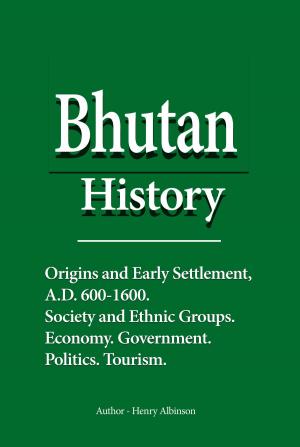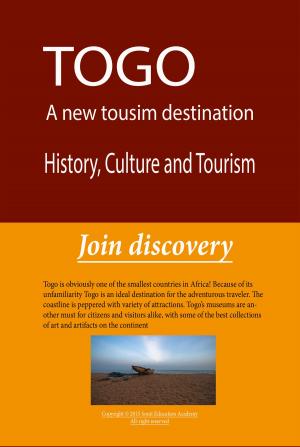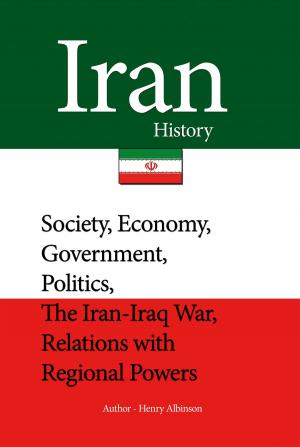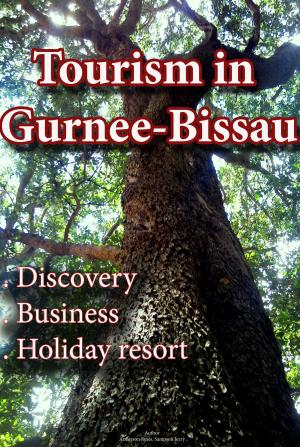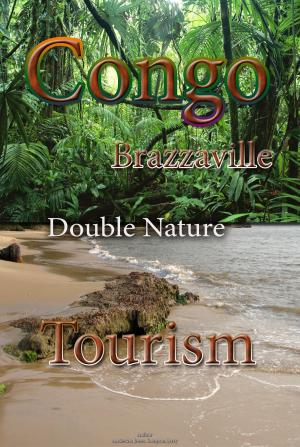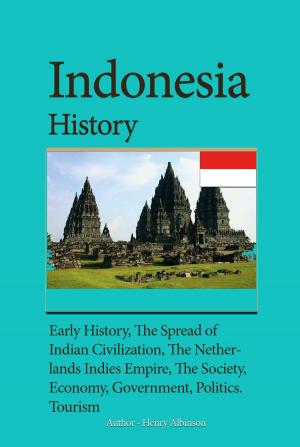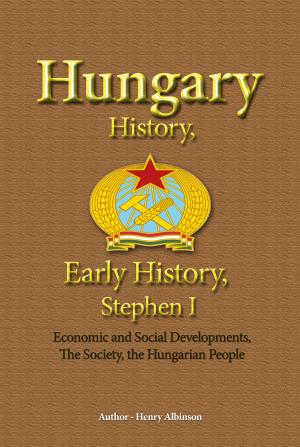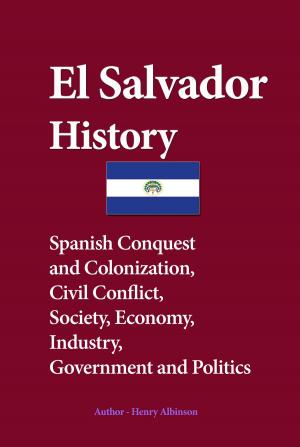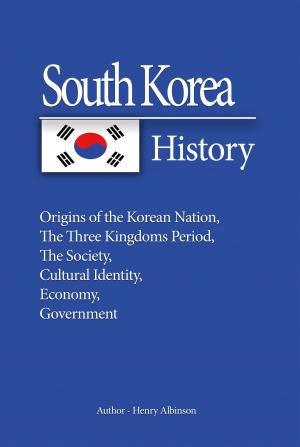| Author: | Henry Albinson | ISBN: | 9781310318528 |
| Publisher: | Sonit Education Academy | Publication: | June 25, 2016 |
| Imprint: | Smashwords Edition | Language: | English |
| Author: | Henry Albinson |
| ISBN: | 9781310318528 |
| Publisher: | Sonit Education Academy |
| Publication: | June 25, 2016 |
| Imprint: | Smashwords Edition |
| Language: | English |
The entire early history of Honduras, included in the history book are; Honduras culture, Honduras government, Honduras politics, Honduras government, Honduras travel guide
European contacts with the indigenous population of Honduras began with the final voyage of Christopher Columbus. In 1502 Columbus sailed past the Islas de la Bahía (Bay Islands) and shortly thereafter reached the mainland of Central America. While at one of the islands, Columbus discovered and seized a large canoe loaded with a wide variety of trade goods. Evidence seems to indicate that the canoe's occupants were Mayan traders and that their encounter with Columbus marked his first direct contact with the civilizations of Mexican and northern Central America. Despite the fact that the canoe had been observed coming from the west, Columbus turned east and then south, sailing away from the civilizations and doing little exploring on the Honduran coast. His only direct legacy was the assigning of a few place names on the Caribbean coast, notably Guanaja for one of the Islas de la Bahía, Cabo Gracias a Dios for the eastern extremity of Honduras, and Honduras (depths in Spanish) for the overall region. The latter name suggests the deep waters off the northern coast
The entire early history of Honduras, included in the history book are; Honduras culture, Honduras government, Honduras politics, Honduras government, Honduras travel guide
European contacts with the indigenous population of Honduras began with the final voyage of Christopher Columbus. In 1502 Columbus sailed past the Islas de la Bahía (Bay Islands) and shortly thereafter reached the mainland of Central America. While at one of the islands, Columbus discovered and seized a large canoe loaded with a wide variety of trade goods. Evidence seems to indicate that the canoe's occupants were Mayan traders and that their encounter with Columbus marked his first direct contact with the civilizations of Mexican and northern Central America. Despite the fact that the canoe had been observed coming from the west, Columbus turned east and then south, sailing away from the civilizations and doing little exploring on the Honduran coast. His only direct legacy was the assigning of a few place names on the Caribbean coast, notably Guanaja for one of the Islas de la Bahía, Cabo Gracias a Dios for the eastern extremity of Honduras, and Honduras (depths in Spanish) for the overall region. The latter name suggests the deep waters off the northern coast
